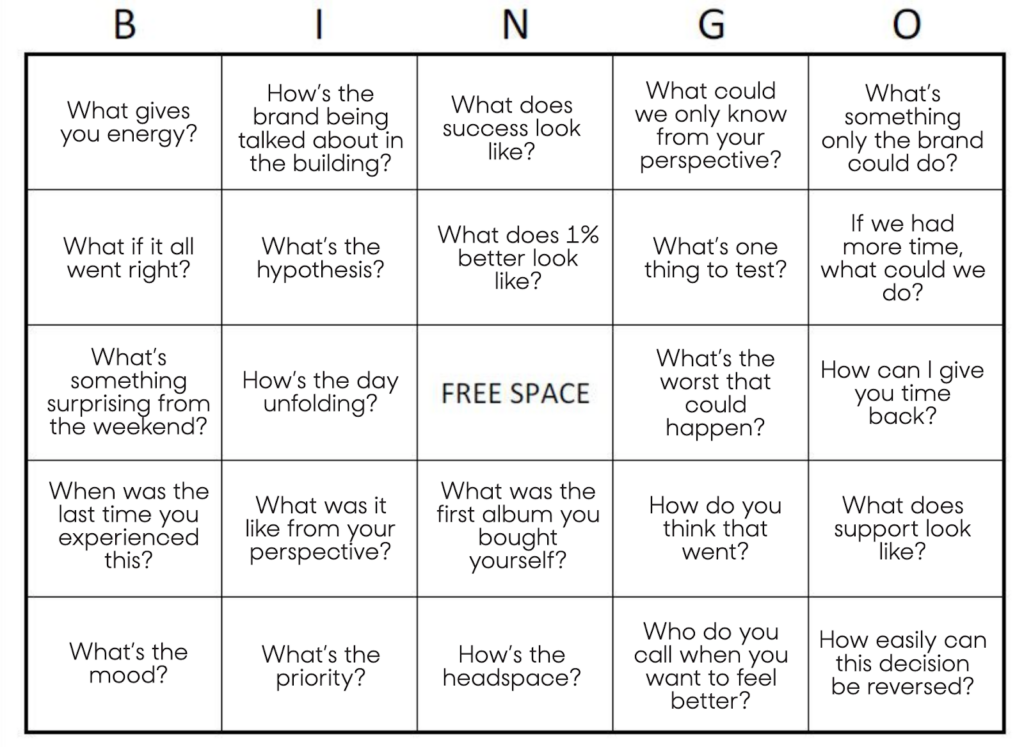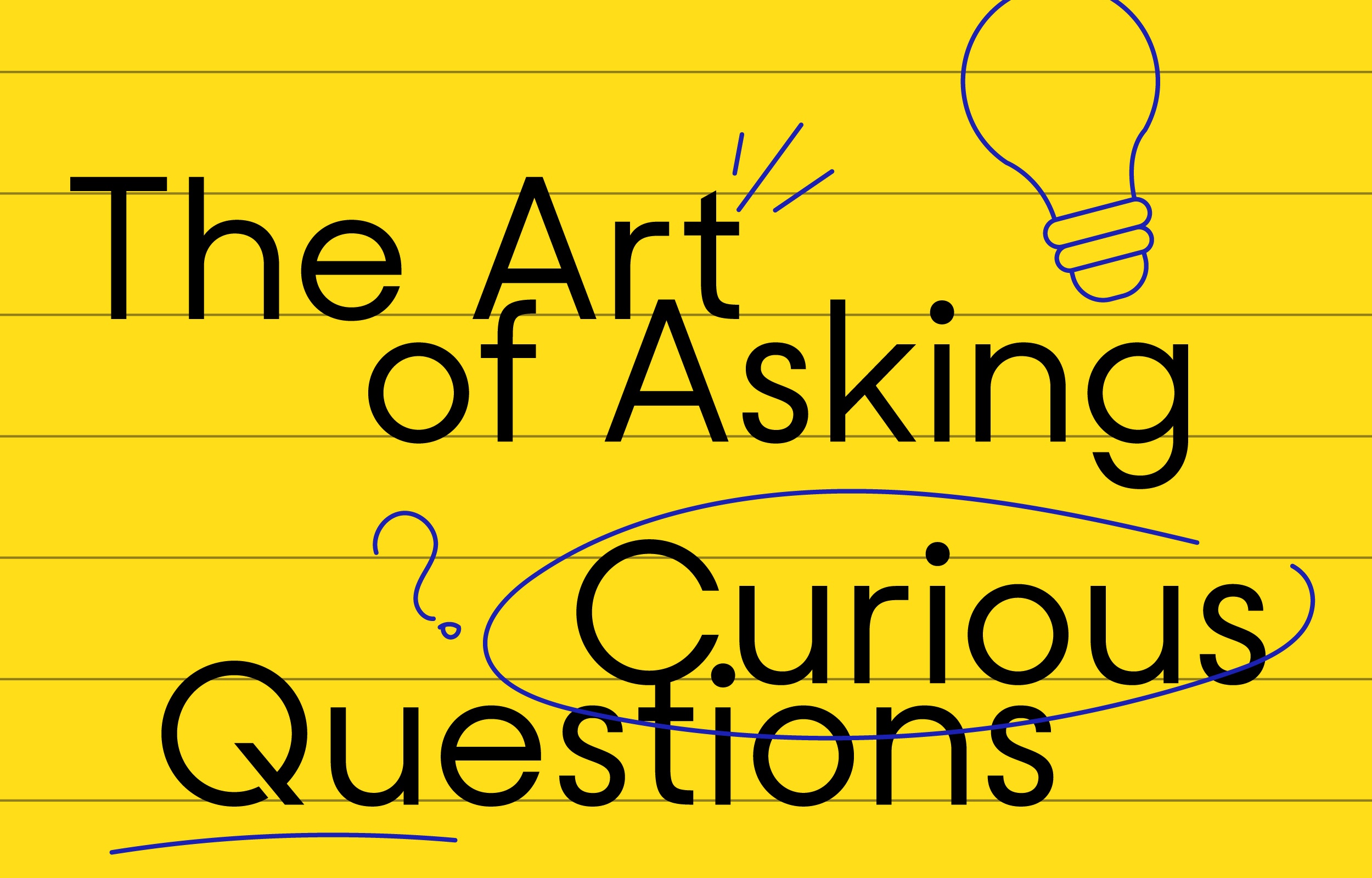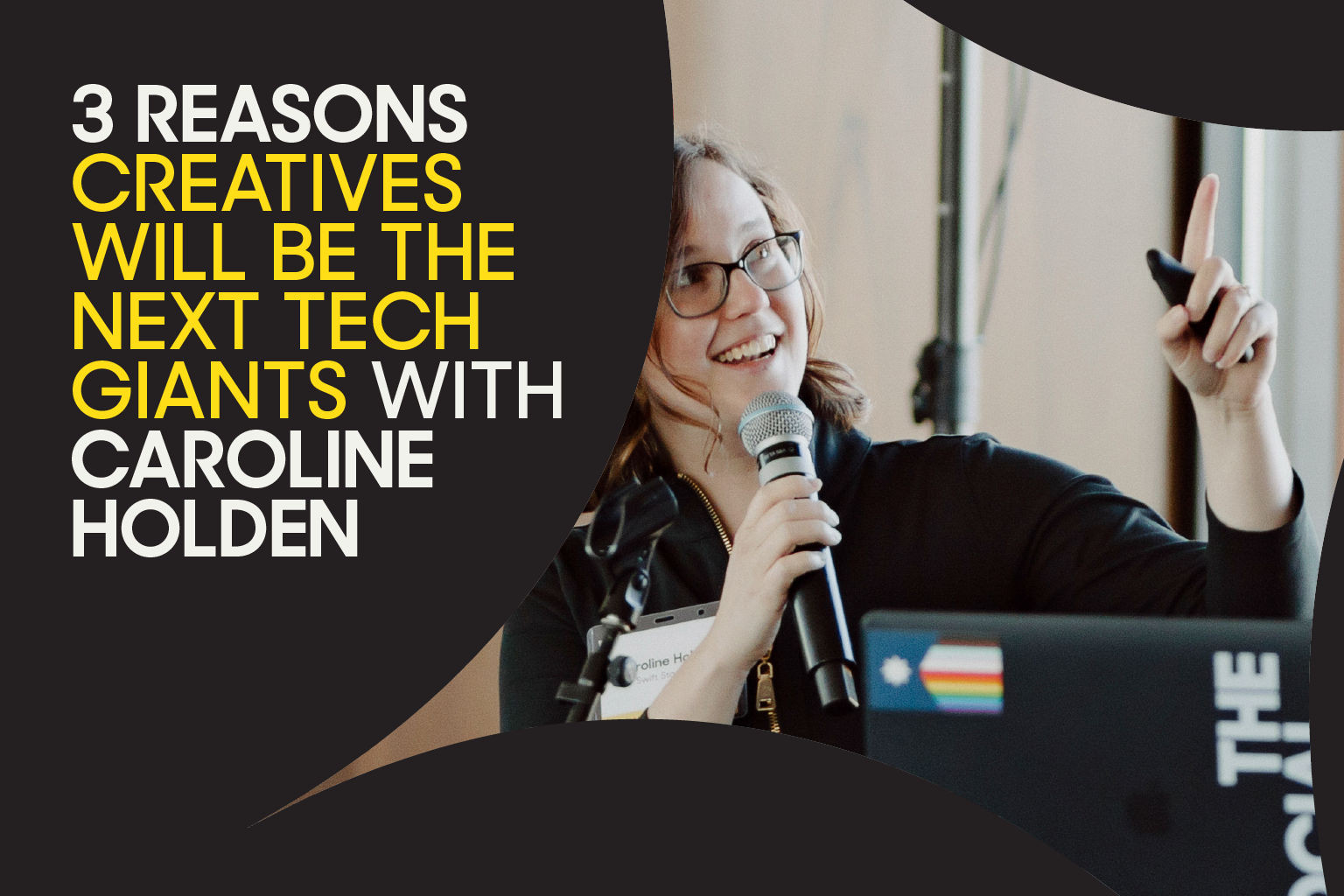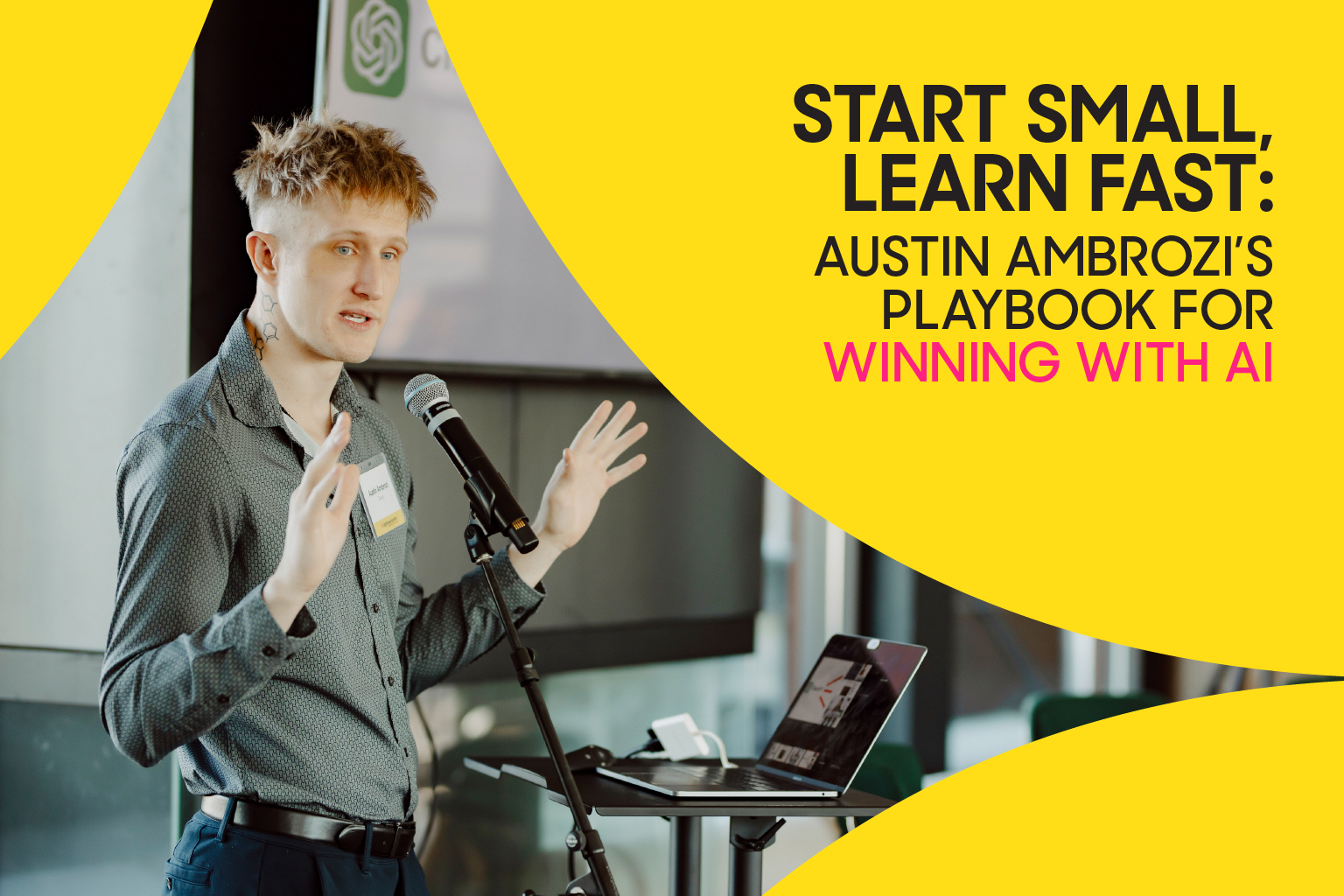Asking questions is something we all know how to do, but rarely work to get better at. When asked by our President and Chief Growth Officer Stephanie Schafer to give an all-agency presentation on asking questions, I blushed. Me?! I didn’t think I had a unique perspective to share on the topic. But like all great mentors, she saw something in me before I did.
Fast forward a few months–I did it. I stood up in front of my entire team and delivered a presentation about the art of asking curious questions. And it was one of the most fun things I’ve done at The Social Lights to date.
Rewind. Turn back time. The year is 2009 and 18-year-old me moved from the island of Oahu, Hawaii, to the island of Manhattan, New York. What would possess me to move 5,000 miles away from paradise? Musical Theater. Like many in the advertising and marketing industry, I studied something creative. While thespians are known for their resourcefulness, nothing could have prepared me for being one in an undergraduate population of 20,000 and navigating the streets of NYC to get to auditorium-sized lectures and seminars.
I recall sitting in lectures–my professors yards away–wondering how I was going to get the world-class instruction I had taken out loans for. That disconnect was a gap I quickly learned only I could fill. It didn’t happen overnight, but slowly throughout each semester, I gained more confidence so that when the usual, “Anyone have a question?” popped up, I popped my hand up. It doesn’t sound profound now, but at the time, speaking up and asking for more was a way I could wring the most insight out of my undergrad experience. That’s when I learned that questions unlock value. And holding back was a blocker to gaining knowledge.
Now a decade into a career in social media marketing, I’ve asked more than my share of questions trying to figure out this ever-evolving world. As you read this another social media platform just launched. Questions have guided me through experiences on the agency and brand side. They’ve helped me learn how companies of different sizes operate. They’ve also dug me out of holes of my own making.
There are three distinct effects curious questions can have on me.
1) They can lift me out of a place when I make myself smaller to boost my confidence.
2) They help me loosen my grip on control of situations and trust in my relationships.
3) They can transform me from a place of complacency to a place where I take pride in my work and life.
Someone who inspires me on the topic of questions and communication is Charles Duhigg, author of Supercommunicators: How to Unlock the Secret Language of Connection. He said, “Questions send a signal that you want to connect.” And I feel that to my core. He also has a framework for questions that offers helpful guidance in crafting them.
There are three different kinds of questions: Emotional, Practical, and Social.
Emotional questions are meant to strike an emotional response. For example, “When do you feel happiest at work?” Practical questions unlock logistical information like, “When do you need this by?” Social questions are intended to spark something you can relate to. “What’s your favorite Adele song?” is a good go-to. By first thinking about your intention, you can then form the kind of question best suited for the interaction you want to have. The more you practice, the easier this gets. Here are some tips for practicing.
- Figure out what you want before you ask. Sometimes this is the hardest part. Think about how well you know the person you are trying to connect with and what you are willing to reciprocate.
- Read the room. Are we in the weeds, trees, forest, or air? Practical questions are great for moments when you’re deep in the work. Emotional questions like “What have you always hoped for in this work?” can help raise the altitude of the conversation and give you insight into a greater purpose and perspective.
- Repeat back to set yourself up. This is not parroting. It’s personifying or personalizing. This shows you are listening and demonstrates a level of care that nurtures connection.
- Get specific. Use their language, detail, or tone. Mirroring the person or group in discussion can disarm them and put the dynamic at ease, making it easier to volley conversation.
Here’s one last piece of advice, well one piece of advice and a tool. The advice is that nurturing curious questions is a team sport. We all have an active part in creating a space where all questions matter. So it’s important to remember that how we prompt questions matters. Too often, we end a presentation with, “Do you have any questions?” … Who me? Nope. Asking it as a yes or no question doesn’t make enough space for questions. Instead, try “What questions do you have?” Acknowledging that questions are expected opens up the opportunity for easier asking.
And for the tool….here is a BINGO card I made for the team filled with curious questions. My proposition to the team was that if anyone achieved a blackout, I would treat them to lunch. And if you are reading this, I would extend the same to you. If you find yourself in need of a curious question, use this card. And if you ask every one of them, let’s connect and I’d love to hear how that went.
